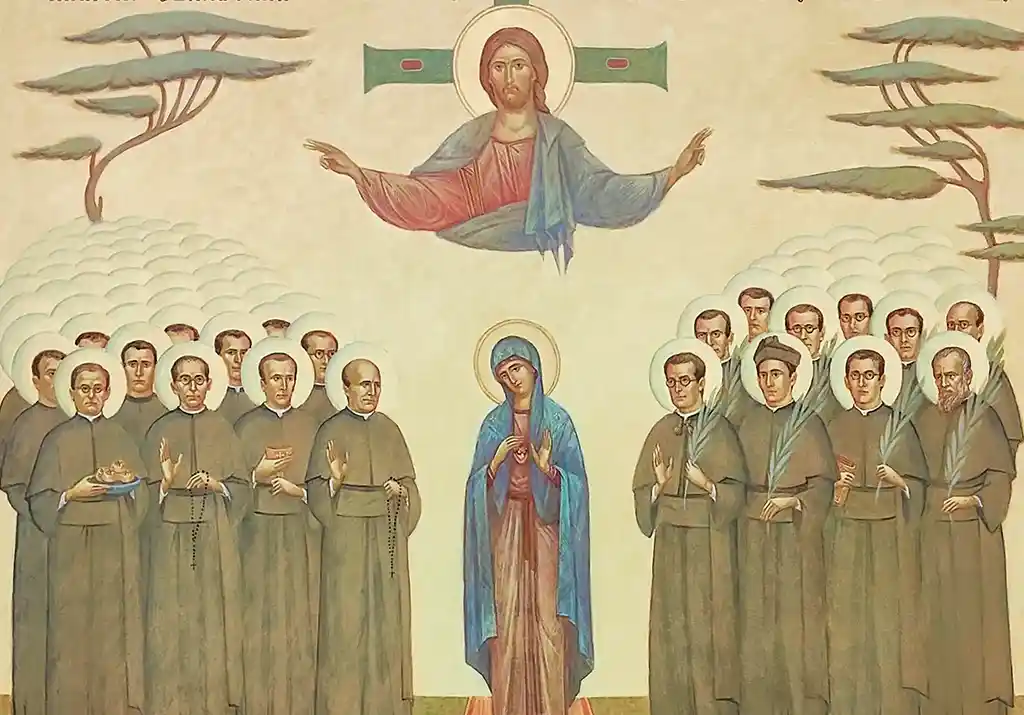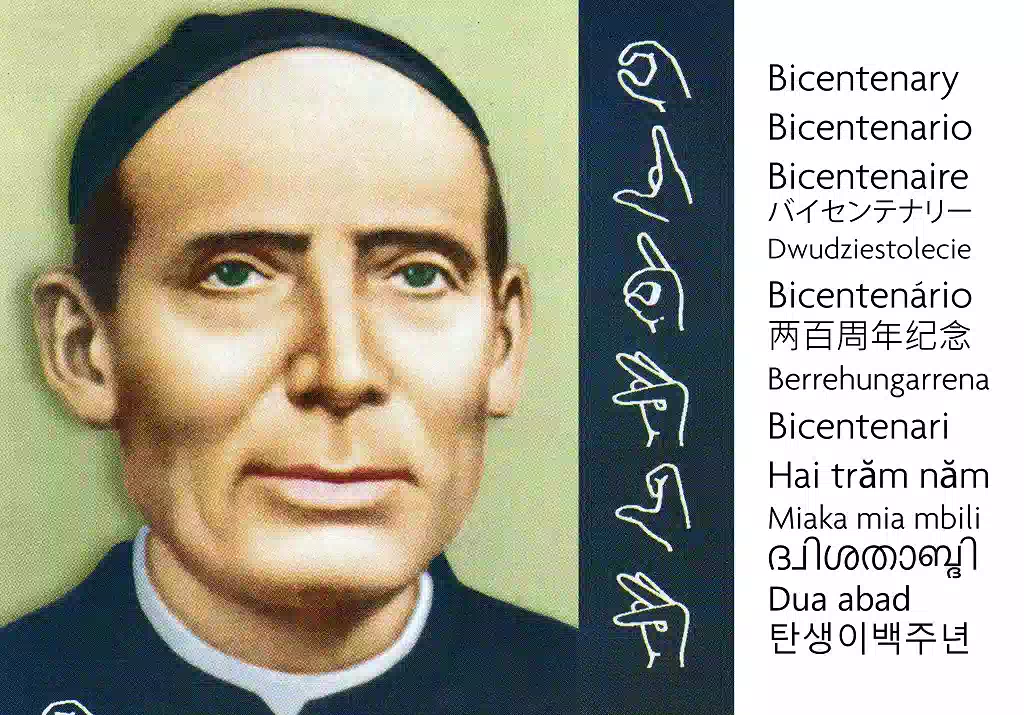THE TWO GREAT LOVES
When Claret was giving missions on Grand Canary he lamented the deficient formation of the priests of that island: it was of the Jansenist tendency. This was a very widespread trend in the 17th and 18th Centuries, which brought a rigorous morality to spirituality and a lamentable lack of the tenderness of God the Father. Given this, the devotion to the Hearts of Jesus and Mary had a great role to play.
Claret, perhaps predisposed to be ‘naturally very compassionate’ (Aut 9), understood God as the prodigal Father, who organized a feast for the return of his rebellious son. By the year 1847 it seems that Claret was aware of the Report of the Arch-confraternity of the Heart of Mary that was operating in the Church of Our Lady of Victories in Paris; they venerated Mary especially as ‘refuge of sinners’. This provided a new element to the spirituality and apostolic technique of Claret: Mary the ‘refuge’. He perceived in her a faithful reflection of the tenderness of God. He was not one of those preachers who attributed to God justice and to Mary compassion. His God was a compassionate father. But that did not deny space to Mary: he saw her as a model, as a teacher, as a ‘mediator’; she was the ‘neck’ between Christ as Head and Church as Body.
Devotion to Mary was commitment, it was love: ‘Minister of Mary’ (Aut 270). His relationship with God was also one of love. This is one of the words that appear most frequently in the writings of Claret. The anecdote told about St. John of Avila is illustrative. A young priest asked him what he ought to do to become a good preacher, to which the saint replied laconically: ‘love much’ (Aut 270)
Claret wanted Teofilo to be a good missionary and to know that the elemental condition to be one is to have fire inside, that God and Mary mean a lot for him, that the cause of God ‘burns within him’. The word of a witness cannot be cold or neutral but rather a word of fire.





